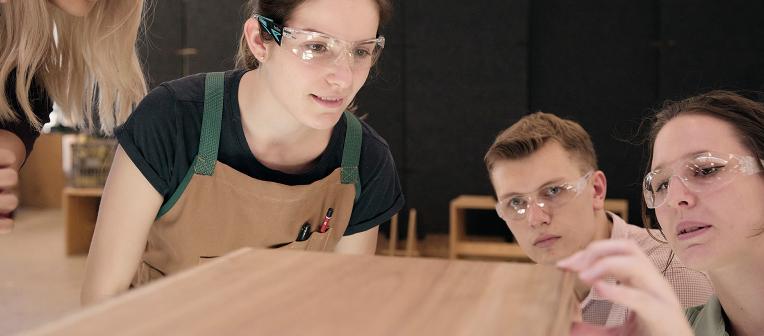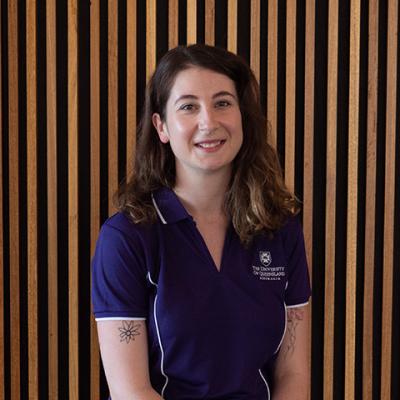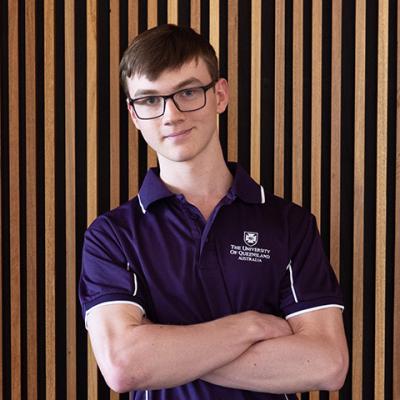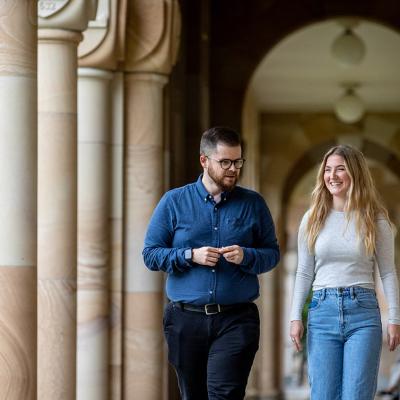If you’re interested in using design to creatively solve complex problems, UQ may be the perfect place for you to study.
We believe UQ is one of the best universities to study design at because of our emphasis on interdisciplinary design. We don’t just focus on graphic, interior, product or user design. We look at design as a process.
Our Bachelor of Design is for creative thinkers passionate about instigating positive change. Our students look at how design can improve not only individual lives, but entire societies.
Why study design at UQ? Here are 5 compelling reasons.
1. Become a leader in design thinking
UQ’s Bachelor of Design will teach you how to think like a designer when tackling problems. You’ll adopt a process where you’re constantly questioning, learning and testing to arrive at solutions.
Dr Karla Straker, one of UQ’s Senior Lecturers in design, explains the program's unique approach.
"Unlike other degrees that focus on specific design disciplines like graphic design or interior design, UQ teaches design as a process – a way of thinking,” she says.
Students in the Design: Infrastructure course recently put their design thinking skills to the test when they worked on a real-world design project in partnership with Wesley Mission to improve the experience of aged care residents. They co-designed solutions to challenges often faced by residents, such as seeking social connectedness, wayfinding and generating a sense of meaning and purpose. Critically, they learnt how thoughtful design can improve lives and the important role design plays in the making of public infrastructure.
Here's a snapshot of 2 of the design solutions students produced to help the aged care residents combat feelings of loneliness:
- An app that connects residents with school students who illustrate their memories as they recount them. These illustrated memories can then be printed into a book and act as a lasting keepsake (designed by William Emery).
- A 10-week positive psychology program that uses digital diaries submitted by residents to create compelling data visualisations which can be shared with the wider public to raise awareness of loneliness amongst ageing people (designed by Georgia Tiffin).
Design permeates every part of society, and studying at UQ will equip you with the knowledge and skills needed to create innovative, problem-based design solutions, including better products, services, digital platforms, environments and more.
2. Learn how to problem-find and problem-solve
While design is about solving problems to create better user experiences, the first important step in the design process is finding the right problems to solve. This involves taking the time to fully understand the problem before forming solutions.
Design student Georgia Tiffin describes the process as empowering.
"The Bachelor of Design is perfect for me because it encourages holistic thinking,” she says.
During your studies at UQ, you’ll confront big social and economic issues. One day you could be challenging car culture, and the next you might be discussing domestic violence. You’ll learn how to recognise opportunities for innovation and improvement, and how design can drive positive change in many areas you never thought possible.
Karla emphasises that design is so much more than making something look good, and her classes centre around this idea of examining the bigger picture.
“Design isn’t just about creating something aesthetically pleasing; it’s about solving problems by understanding multiple aspects and perspectives and knowing how your design decisions can make positive impacts,” she says.
3. Design a more sustainable future
At UQ, we’re serious about sustainable design, and we recognise the responsibility designers have for our natural environment.
During your studies, you’ll take the course Design: Environment, where you’ll explore how design choices impact natural systems in the built environment. Students examine how we currently make buildings, products and services, and consider ways we can reduce waste in design using a circular economy framework.
Design students in this course recently investigated the lifecycle of timber building components and processes in the construction sector. They explored ways to facilitate greater adoption of reclaimed timber products through methods such as designing for disassembly and reuse. Their work culminated in an exciting pitch to industry professionals.
Bachelor of Design student Lauren Jauncey says this focus on thinking ahead is one of the things she loves most about UQ’s design program.
"The program has a future-forward mindset and explores how design thinking can be used to approach many different topics,” she says.
4. Complement your studies with a dual degree
The interdisciplinary nature of UQ’s Bachelor of Design appeals to many students. You can study this program as a dual degree, combined with a:
- Bachelor of Engineering (Honours)
- Bachelor of Information Technology
- Bachelor of Business Management
Bachelor of Business Management / Bachelor of Design student William Emery speaks highly of his dual degree.
One of William’s group projects involved creating a wayfinding app for the university campus to help students easily find key locations like study spots, food and libraries. It incorporated a loyalty card feature that solved the problem of needing to carry around multiple loyalty cards for different vendors. The combination of business acumen and design thinking helped William and his team bring their idea to fruition.
Karla believes that there’s a distinct advantage in studying design at UQ, as students work with peers from other disciplines and faculties.
“You won't just be learning, you'll be working in multidisciplinary teams, collaborating with peers pursuing the Bachelor of Design as well as those enrolled in dual degrees such as engineering, information technology and business management or a design minor,” she says.
“This collaborative environment has been designed to foster adaptability and shared learning, which is required to make an impact across various industries and sectors.”
"Change never happens in insolation and neither does great design."
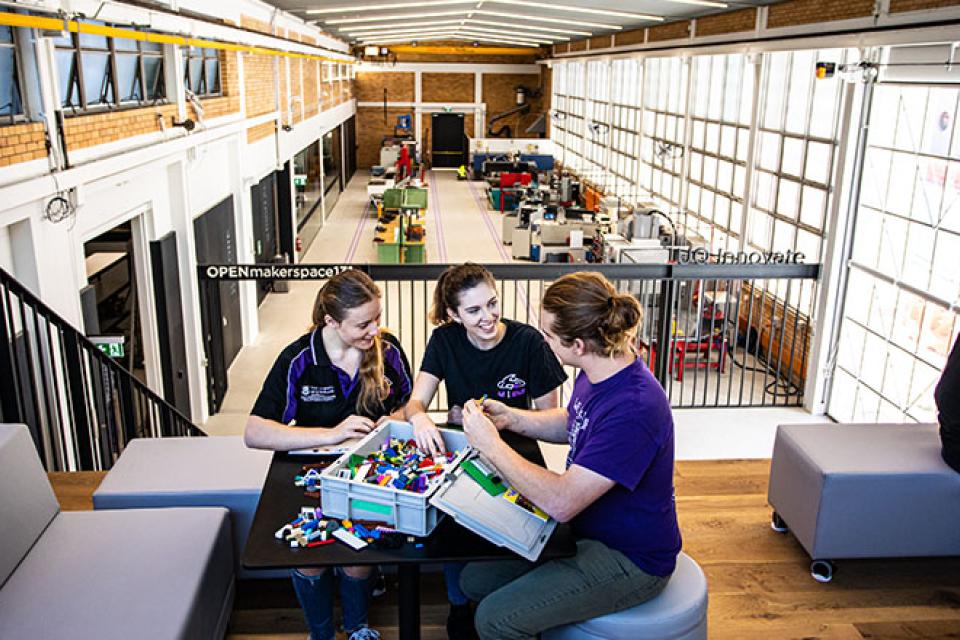
5. Prototype and experiment in world-class learning facilities
UQ’s amazing learning facilities are another huge drawcard for budding design students. A key component of design is prototyping, and students are encouraged to do this in creative spaces around campus.
As a design student at UQ, you’ll have access to studios equipped with the latest technology and a wide range of computers, programs and printers. You can book the Collaborative Workshop (CoLab) and undergo training to use hand tools, woodworking machinery and laser cutters to make us much noise and get as creative as you like. The Visualisation Lab (VisLab) is also available to assist with digital modelling and problem solving with VR and AR technology.
You’ll also be able to use UQ Innovate, a unique makerspace where UQ staff and students collaborate on interdisciplinary projects. Induction training will help you navigate the space and recognise which tools and resources will assist in bringing your ideas to life. There’s a huge range of equipment available (including 3D printers) and plenty of support to help you get started.
Explore UQ’s Bachelor of Design to discover more reasons it should be your first QTAC preference.

